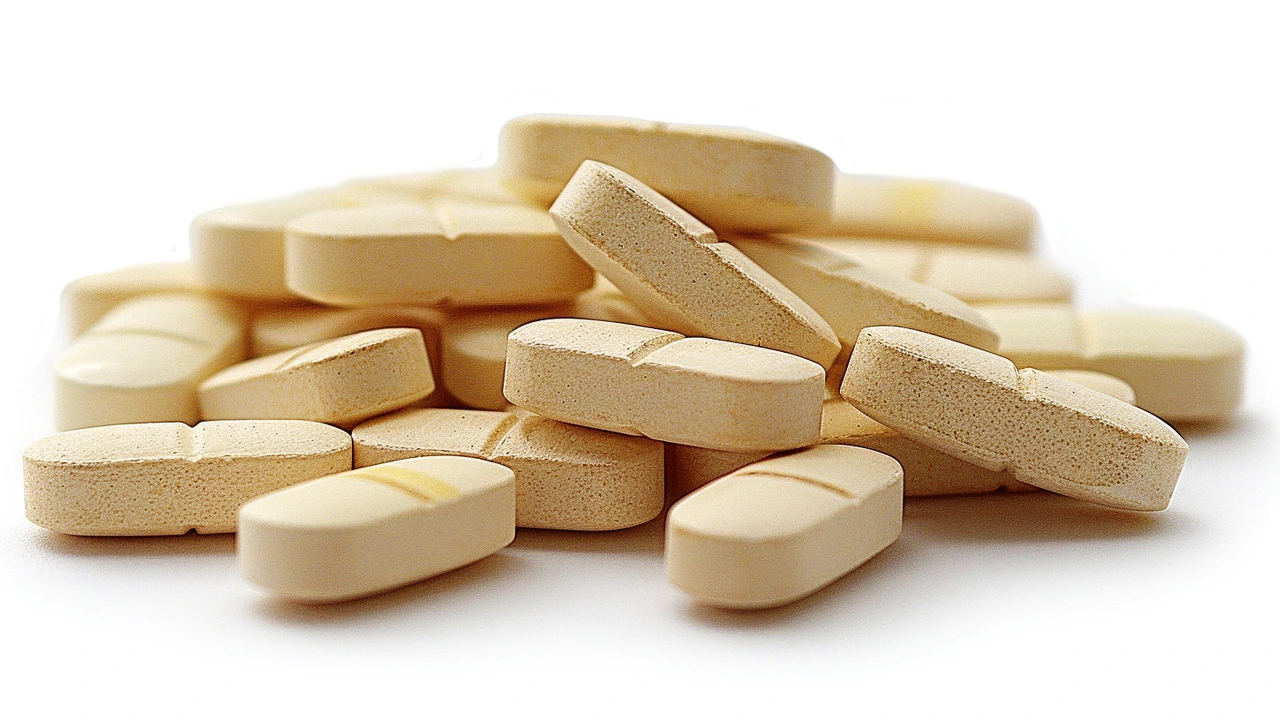Recent findings from the European Medicines Agency have led to a pivotal update in the usage guidelines for the heartburn drug Motilium, also known as domperidone, by the UK's MHRA. The drug now faces restrictions due to links with cardiac complications and fatalities, particularly when misused for non-recommended conditions like heartburn or bloating.
Cardiac Risk: Spot the Warning Signs & Cut It Down
If you’ve ever heard doctors talk about "cardiac risk" and felt lost, you’re not alone. In plain terms, cardiac risk is the chance that your heart will develop problems like a heart attack or stroke. Knowing what raises that chance lets you act before something serious happens.
Understanding Cardiac Risk Factors
The biggest culprits are things you can measure: high blood pressure, elevated cholesterol, and uncontrolled diabetes. Age and family history matter too—if your parents had heart issues, you’re more likely to face them yourself. Lifestyle choices also stack up. Smoking, heavy drinking, and sitting most of the day each add fuel to the fire.
Medications can play a role as well. Some blood thinners like clopidogrel help lower risk, but if you stop them without a doctor’s guidance, your odds can jump back up. Even common drugs for other conditions—like certain antidepressants or steroids—might affect heart health.
Practical Ways to Lower Your Risk
The good news is that many risk factors are within your control. Start by checking your blood pressure at home; aim for below 120/80 mm Hg. If it’s higher, talk to a pharmacist about safe ways to bring it down—diet changes, exercise, or prescription options.
Cholesterol can be tamed with simple swaps: choose whole grains over refined carbs, add oily fish like salmon, and cut back on processed snacks. A daily walk of 30 minutes burns calories, eases stress, and improves circulation.
If you have diabetes, keep your blood sugar steady. The link between high glucose and heart disease is strong, so follow your doctor’s advice on medication and diet. Some supplements—like resveratrol from red grapes—show promise for heart health, but always check with a professional before adding them.
Quit smoking and limit alcohol. Even cutting out one cigarette a day can lower risk noticeably. For drinkers, stick to no more than two drinks per day for men and one for women.
Finally, schedule regular check‑ups. A quick blood test can reveal cholesterol spikes you didn’t know about. Use those results as a roadmap—adjust diet, exercise, or meds accordingly.
Bottom line: cardiac risk isn’t a fixed fate. By tracking numbers, tweaking habits, and staying in touch with healthcare providers, you can keep your heart on the safer side. Start small, stay consistent, and watch your risk drop.

